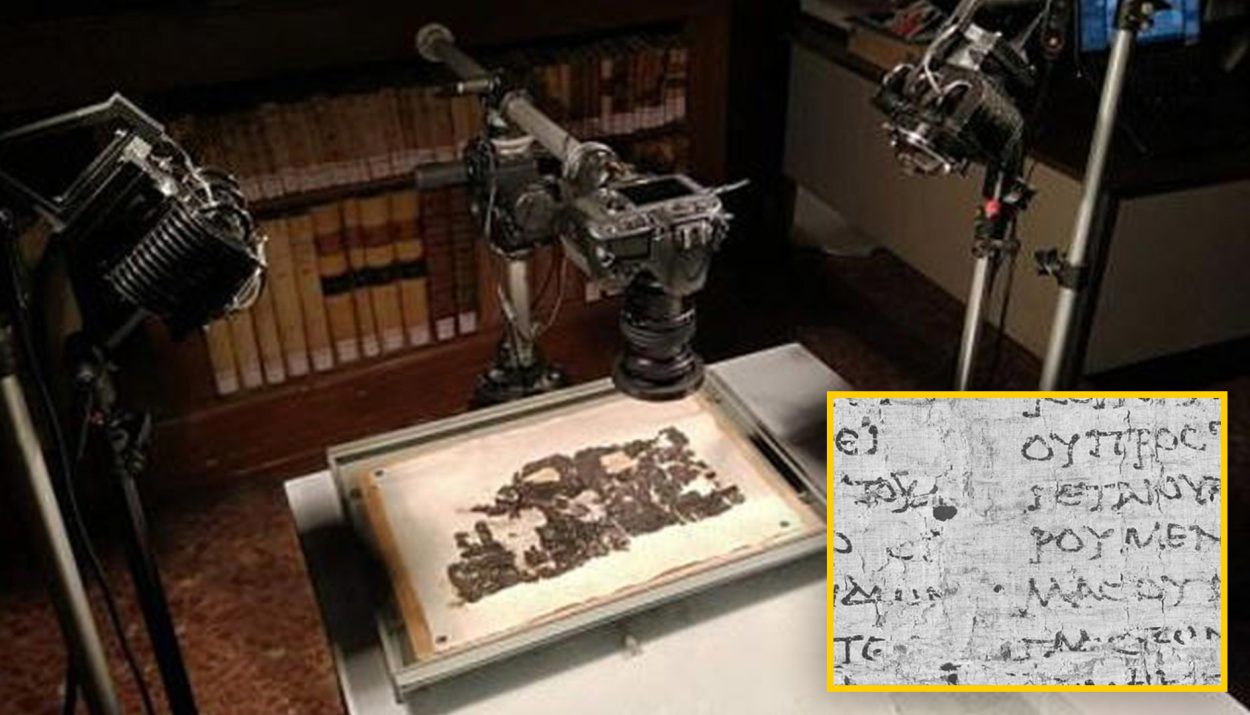The great Greek philosopher Plato remains one of the best-known thinkers and writers of the classical period. His writings continue to influence scholars today. Researchers know that Plato died sometime around 348 BC and was buried in Athens, but the exact location of his final resting place seemed lost to history.
An Italian researcher, however, announced that he has used AI to read a charred papyrus that was found in the ruins of Herculaneum, which was destroyed along with Pompeii by the 79 AD eruption of Mount Vesuvius. On one of these scrolls, he claims, is information pinpointing Plato’s exact burial site.
Who Was Plato?
Born in Athens around the year 428 BC, Plato was one of Sacrates’ prized students. In turn, Plato became the teacher of Aristotle, another of the great Greek philosophers. Plato established the Academy, which is considered to be one of the first universities in the world.
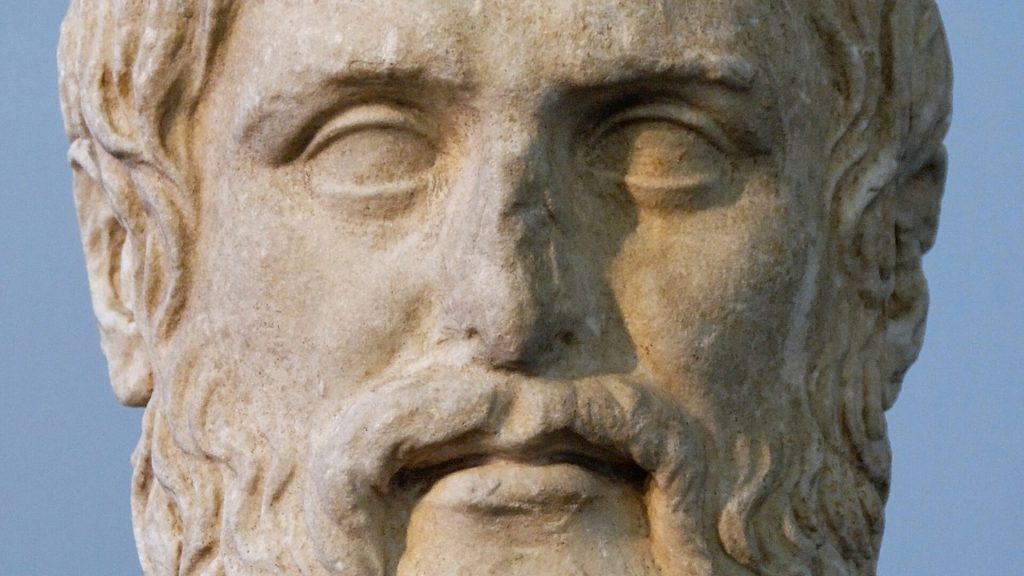
Although Plato wrote on a wide range of topics, his best-known work was “The Republic” which discussed issues like justice, politics, and citizenship.
Plato’s Beloved Academy
Plato was a scholar and lover of learning. In 387 BC, he founded his Academy, one of the Western world’s earliest institutions of higher learning. It was a center for education in Athens and all of Greece. There, studious young men – never women – could seek knowledge, expand their intellect, and engage in academic and philosophical debates.
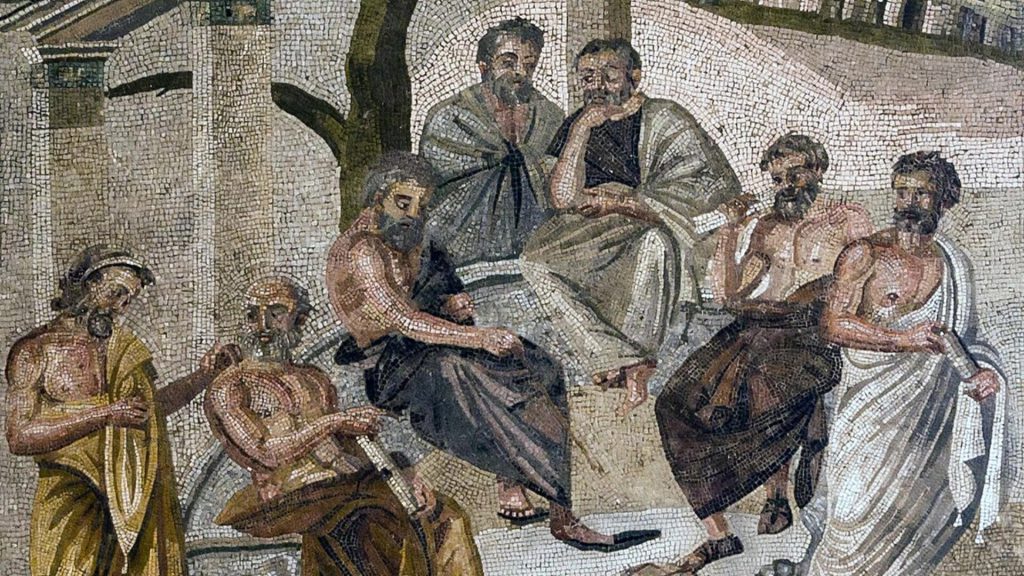
Plato adapted the name of a mythical Greek hero, Academus, for his Academy. Plato advocated for a well-rounded education and set up courses in literature, politics, astronomy, natural science, mathematics, and medicine. The Academy was a forerunner of today’s universities.
The Death of Plato
According to ancient texts, Plato’s death most likely occurred in the year 348 BC, however the circumstance of his death is unclear. One written account stated that Plato died in his own bed while a young girl played the flute for him. Another author simply wrote that the great philosopher died in his sleep.
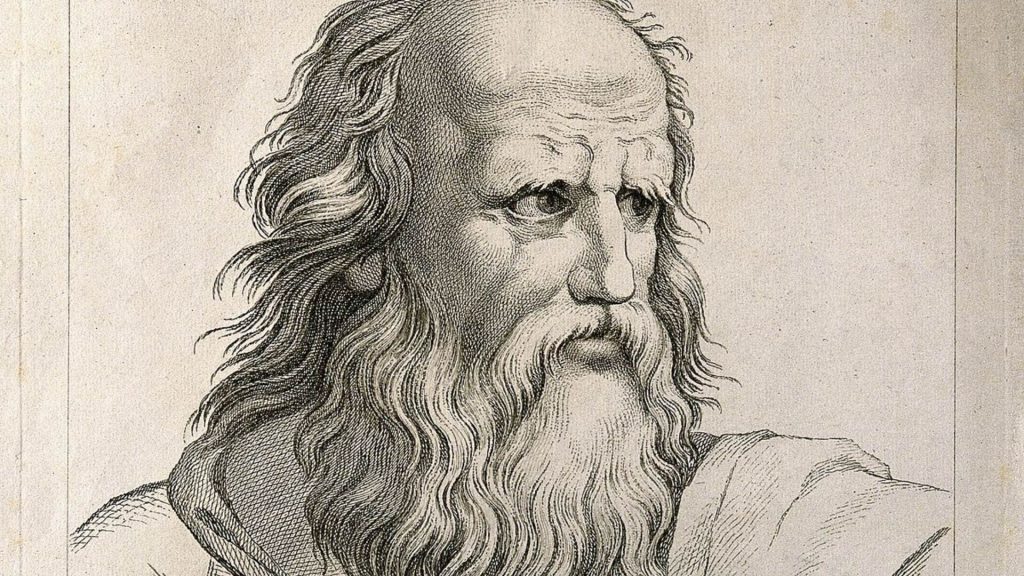
Another story, written in the 3rd century by Hermippus of Alexandria, suggests that Plato died while enjoying a wedding feast. The location of his burial, however, was only vaguely mentioned as being somewhere near Plato’s Academy.
The Scrolls of Herculaneum
When Mount Vesuvius erupted in 79 AD, both Pompeii and neighboring Herculaneum were destroyed. Archaeologists excavating Herculaneum found a collection of papyrus scrolls buried under a layer of volcanic ash. The volcano’s pyroclastic flow preserved the scrolls, but they were charred, making them unreadable.

The scrolls are also very delicate. They crumble apart when unrolled. In the years since they were discovered, researchers have attempted to open and read the documents without damaging them, but this has been a futile endeavor. Until now, that is.
Reading Through Damages Documents
Graziano Ranocchia, an Italian researcher, has been studying the Herculaneum scrolls. Unfortunately, these fragile ancient papyrus documents are heavily damaged and nearly impossible to read. Or so it was thought.
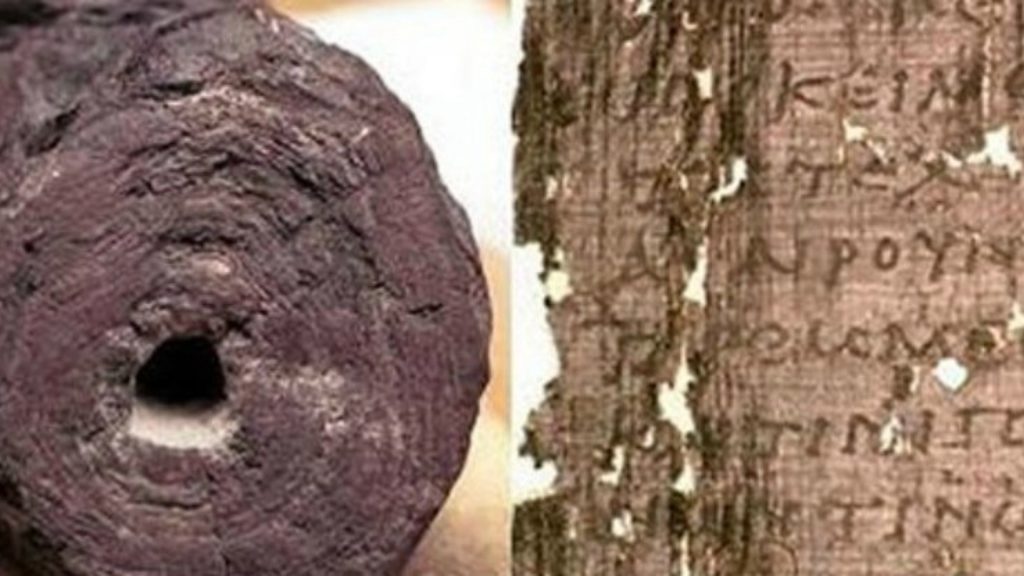
Ranocchia and his team of researchers have a lab at the Italian National Library in Naples. This gives them access to the Herculaneum scrolls and allows them to apply the newest technology to their work. Their recent discoveries are finally revealing the information in the documents.
AI Technology
According to Ranocchia, his team has employed the “bionic eye”, a type of AI technology, to analyze the blackened papyrus. Using this technique, the researchers have uncovered about 1,000 words – roughly 30 percent – of the text.
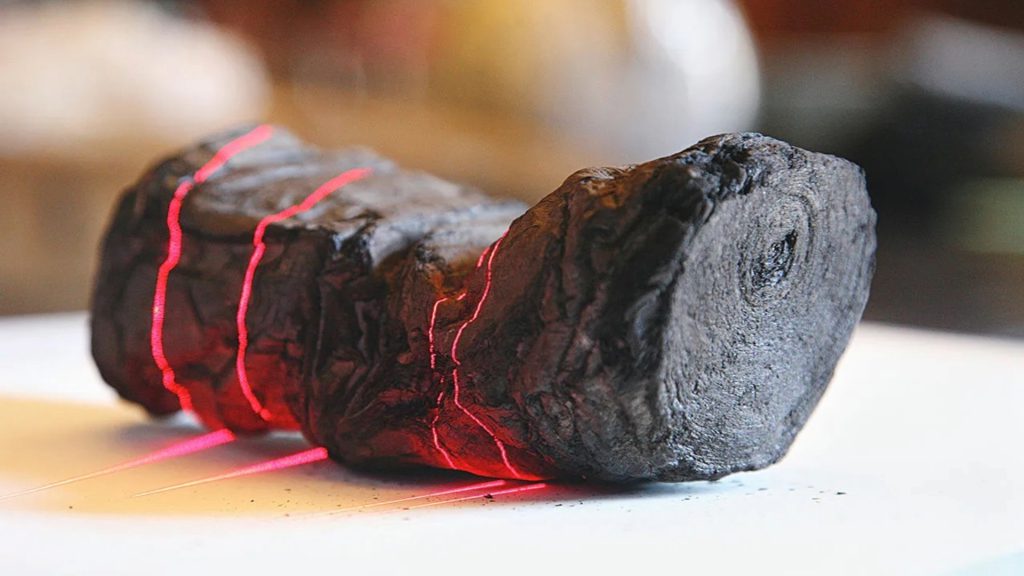
He added that only a small portion of the scrolls had been read prior to their analysis. They hope to be able to decipher the remaining portions by 2026.
Peering Through the Papyrus
Ranocchia and his team used the bionic eye camera to snap hundreds of images of the fragile scrolls. The infrared scans recorded the writing on both sides of the papyrus.
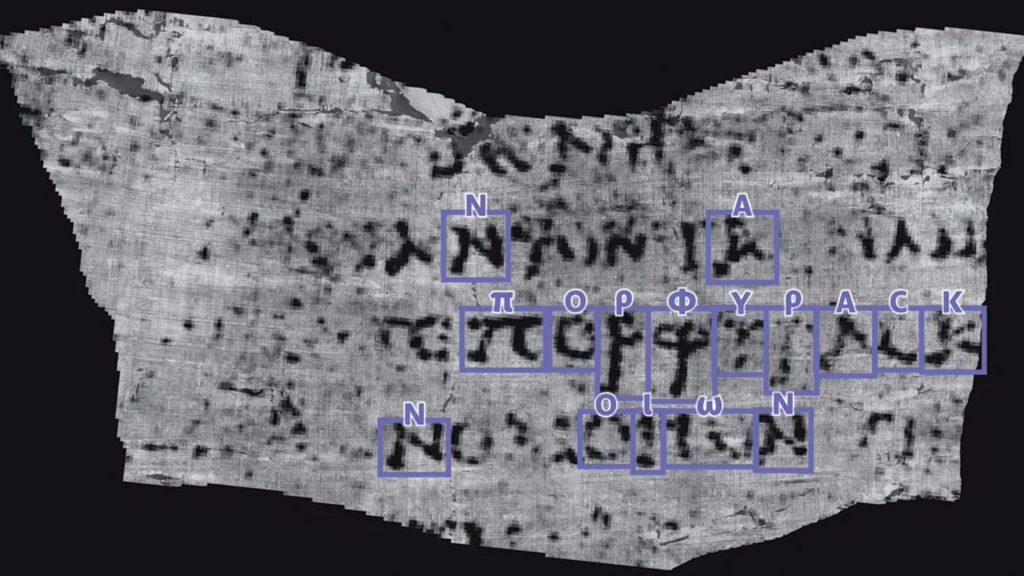
The photographs were then analyzed by AI technology to create an algorithm. That algorithm then noted similarities in words and phrases, allowing them to fill in the missing parts of partially obscured words.
What Did the Scroll Say?
Ranocchia stated, “Compared to previous editions, there is now an almost radically changed text, implying a number of new and concrete facts about various academic philosophers.”
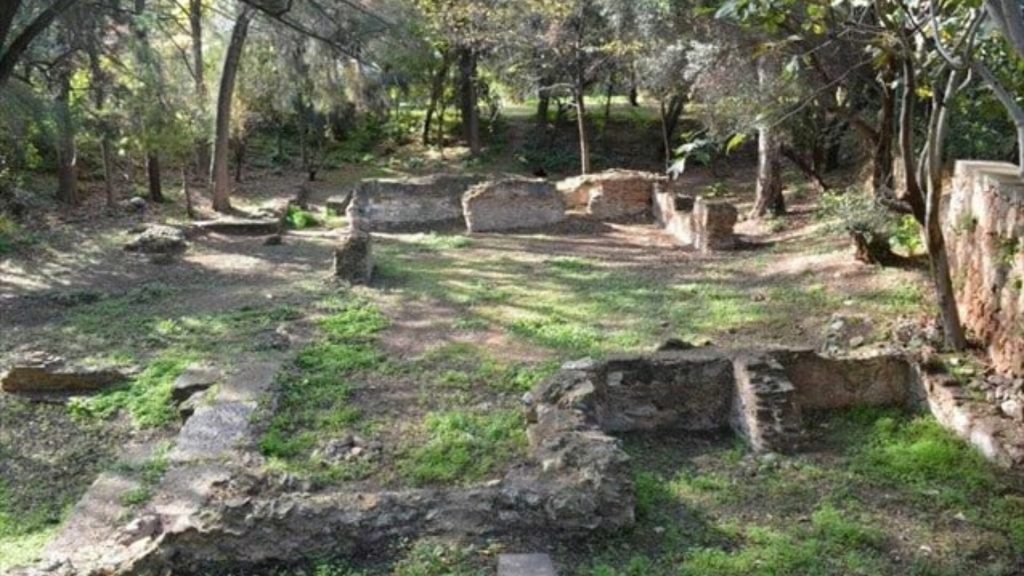
“Among the most important news, we read that Plato was buried in the garden reserved for him – a private area intended for the Platonic school – of the Academy in Athens, near the so-called Museion or sacellum sacred to the Muses,” he continued. “Until now it was only known that he was buried generically in the Academy.”
The Shrine of the Muses
After creating his Academy, Plato commissioned the construction of a shrine dedicated to the nine Muses of Greek mythology. The Muses, daughters of Zeus, the leader of the gods, and Mnemosyne, the goddess of memory, each provided inspiration to humans pursuing specific academic areas.
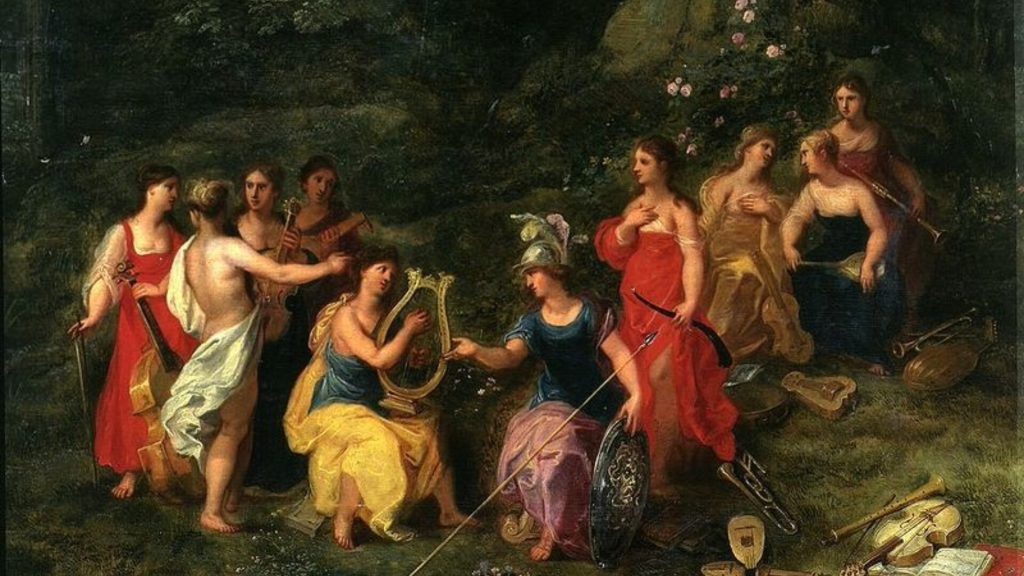
The Muses included Terpsichore, the muse of dance; Clio, the muse of history; Euterpe, the muse of music; Urania, the muse of astronomy; Melpomene, the muse of tragedy; Calliope, the muse of epic poems; Polyhymnia, the muse of hymns; Thalia, the muse of comedy; and Erato, the muse of love poems.
Plato Was Buried Near the Shrine of the Muses
Ranocchia’s analysis of the Herculaneum scrolls reveals the location of Plato’s grave. It states that he was buried on the grounds of his Academy near the Shrine of the Muses.
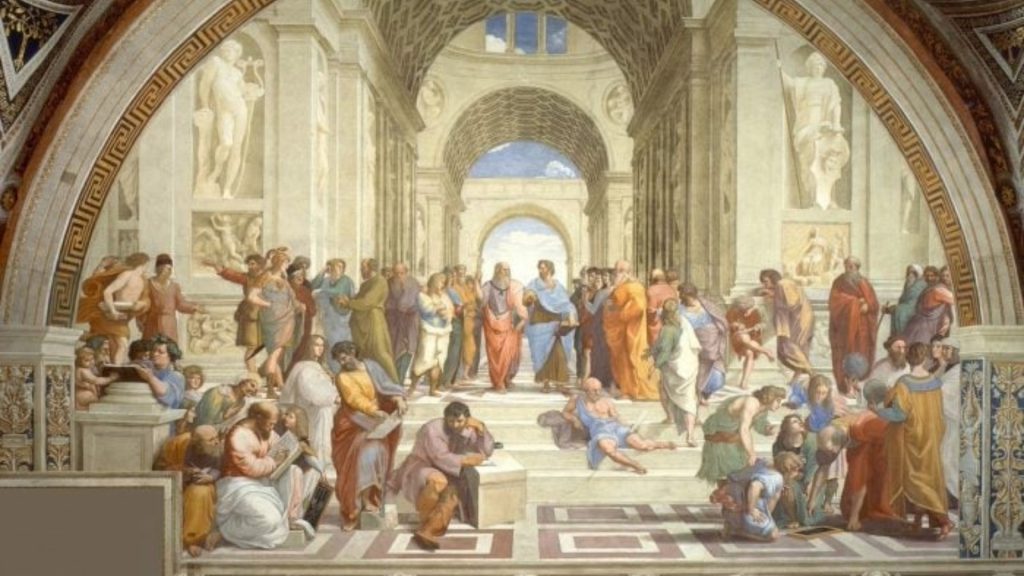
Unfortunately, the Shrine of the Muses is no longer standing. It was a small structure that fell into ruins long ago. Despite this, archaeologists have a pretty good idea of where it once stood.
The Scrolls Revealed More About Plato
In addition to mentioning his burial site, the Herculaneum scrolls tell us more previously unknown information about Plato. In fact, Ranocchia stated that Plato was quite possibly sold into slavery, either in 399 BC after the death of Socrates or in 404 BC when the Spartans conquered Aegina.
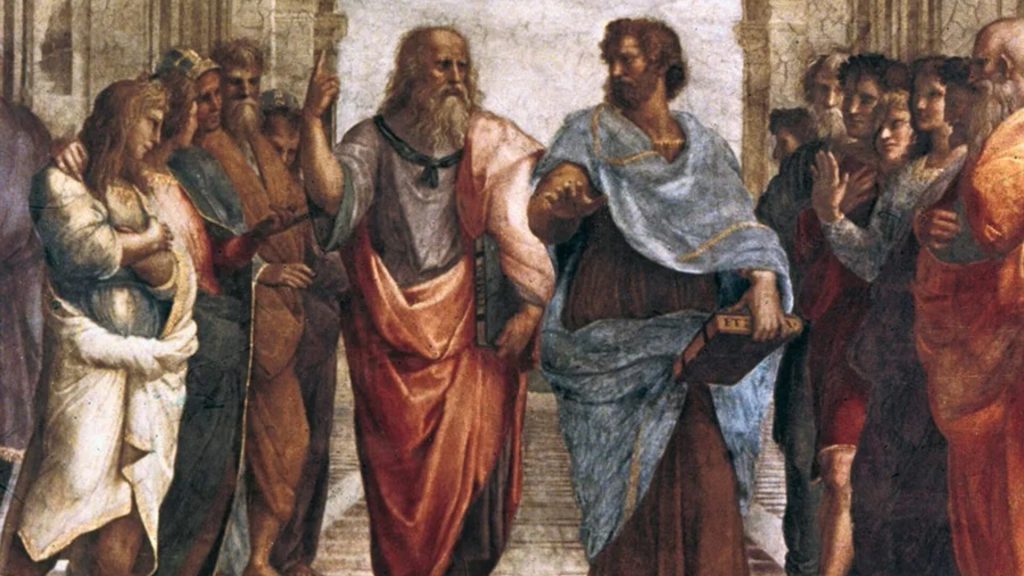
According to Ranocchia, “Until now it had been believed that Plato had been sold into slavery in 387 BC during his stay in Sicily.” He added, “In another passage, Plato expresses himself contemptuously about the musical and rhythmic abilities of a barbarian musician originally from Thrace.”

